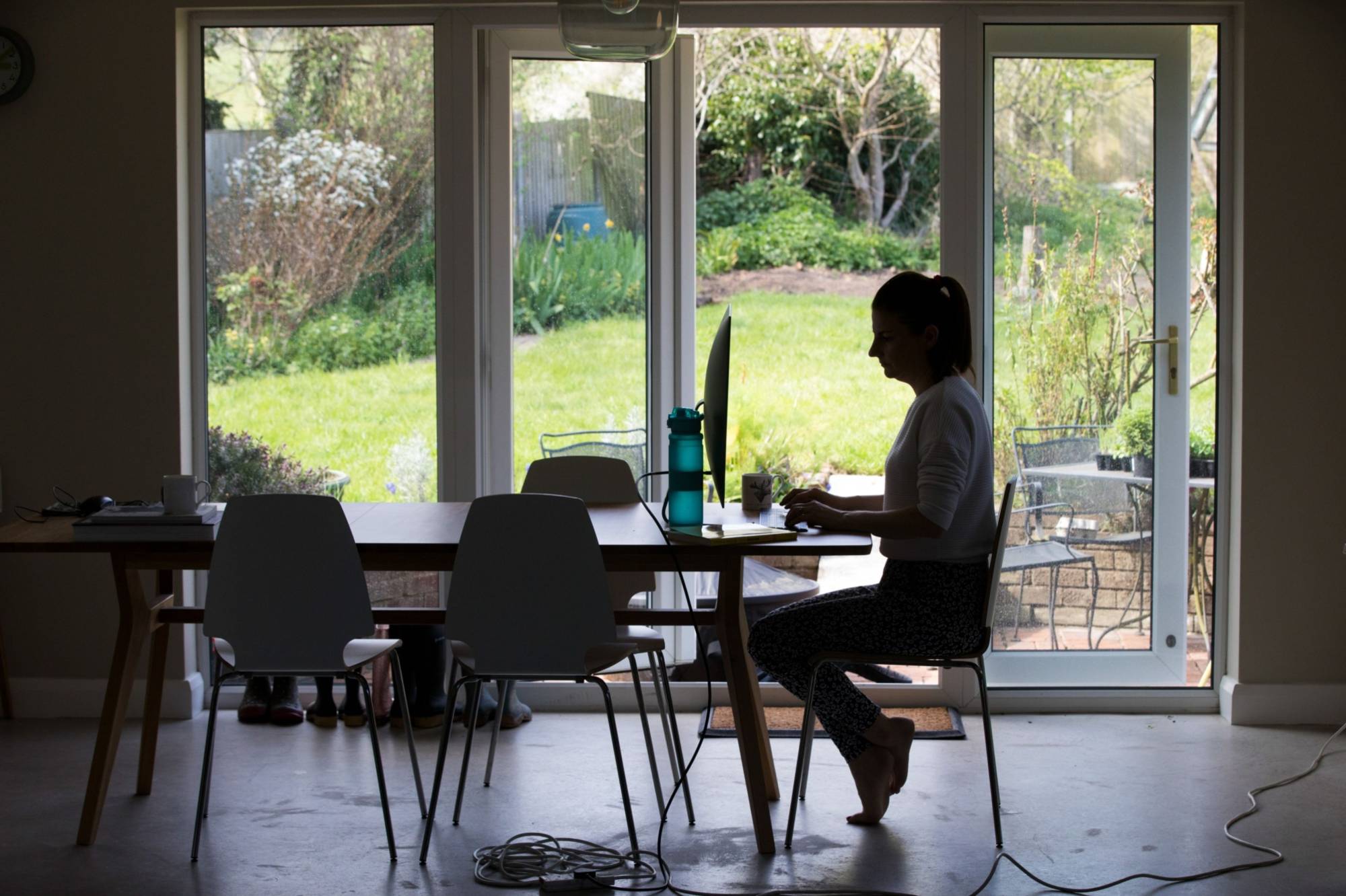Call it teething problems, disorganization or plain Luddism: The first few weeks of working from home were, for many, far from smooth.
Set aside for a second the impact of hunkering down with children, paramours and housemates. The coronavirus lockdowns revealed a deep division even between white-collar workers: Those employed by companies that have invested in what it takes for employees to switch truly seamlessly between the office and working from home, and those employed by companies that haven’t. Many people discovered it was a myth they could do their job just as easily from the dining room table. What might be de rigueur in Silicon Valley is far from normal elsewhere.
Among firms with more than $1 billion of revenue, a surprisingly small portion — perhaps 10 percent — is used to having much of its workforce regularly work remotely, Gartner Inc. analyst Brian Kropp estimates. Another 40 percent has established work-from-home practices, but didn’t necessarily have the adequate infrastructure for the current crisis. The remaining 50 percent was unprepared and has been scrambling to catch up with panic buying of services and hardware.

















With your current subscription plan you can comment on stories. However, before writing your first comment, please create a display name in the Profile section of your subscriber account page.